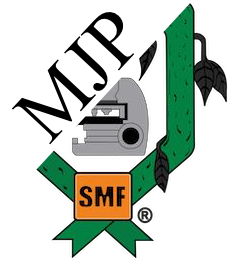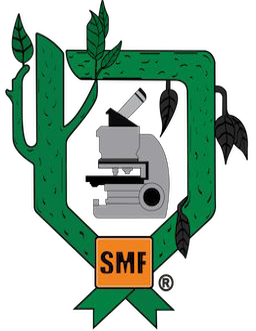-
Or Copy link


Article filters
Search Papers
Resistance to Phytophthora capsici in manzano chili grafted onto CM-334, grown in infested soil, with applications of auxins and Trichoderma harzianum
By Tabita Queren Pérez Reyes, Santos Gerardo Leyva Mir, Mario Pérez Grajales*, María Teresa Martínez Damián, Rogelio Castro Brindis
* Corresponding Author. Email: / Institution:
Received: 30/August/2024 – Published: 08/March/2025 – DOI: https://doi.org/10.18781/R.MEX.FIT.2408-5
-
Or Copy link
Abstract Background/Objective. Phytophthora capsici causes losses of up to 100 % in Capsicum pubescens and there are no resistant commercial varieties. A viable and sustainable alternative is to use the CM-334 rootstock (Capsicum annuum), which is universally resistant to Phytophthora capsici.
Materials and Methods. The following was studied: the root biomass of CM-334 when grafting the mazano chili hybrids ‘Maruca’, ‘Jhos’, and ‘Dali’, the resistance of the graft to P. capsici in infested soil and its yield (hybrid ‘Dali’), and the root biomass of CM-334 with applications of auxins and T. harzianum.
Results. As a rootstock, CM-334 exhibited 50, 53 and 75 % less root volume, fresh weight, and dry weight, respectively, compared to non-grafted hybrids. Using the CM-334 rootstock, there was no incidence of P. capsici and the yield decreased by 2 %, and even with T. harzianum, alone or in combination with 1200 ppm of IBA, the yield increased by 8 %. The grafted ‘Dali’ hybrid had 32, 50, 50, and 76 % less root length, volume, fresh weight, and dry weight, respectively, compared to the non-grafted hybrid; therefore, it is suggested to apply 1.25 kg ha-1 of T. harzianum and 1200 ppm of IBA every 20 days to improve root biomass.
Conclusion. Grafting manzano chili onto CM-334 is a viable and sustainable control alternative to reduce P. capsici incidence since none of the grafted plants showed wilt symptoms like the non-grafted ones, and the yield was the same as in the first production cycle, with the advantage that grafted plants produce more cycles (4 years), whereas the non-grafted ones die during the first cycle because of the oomycete.
Keywords: Capsicum pubescens, Capsicum annuum, chili wilt, IBA, root biomass.